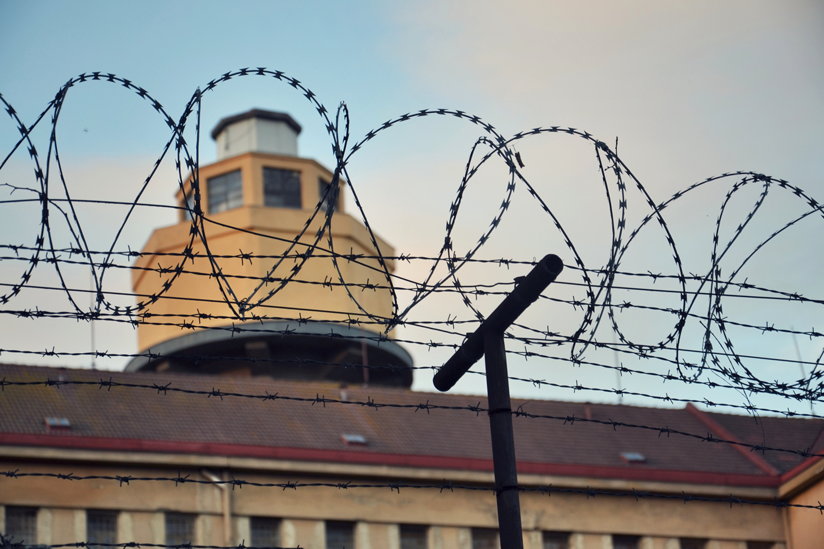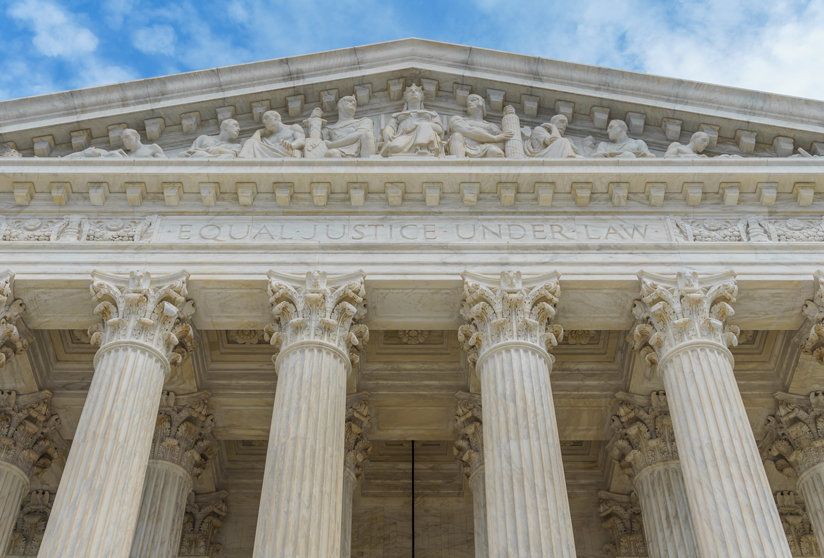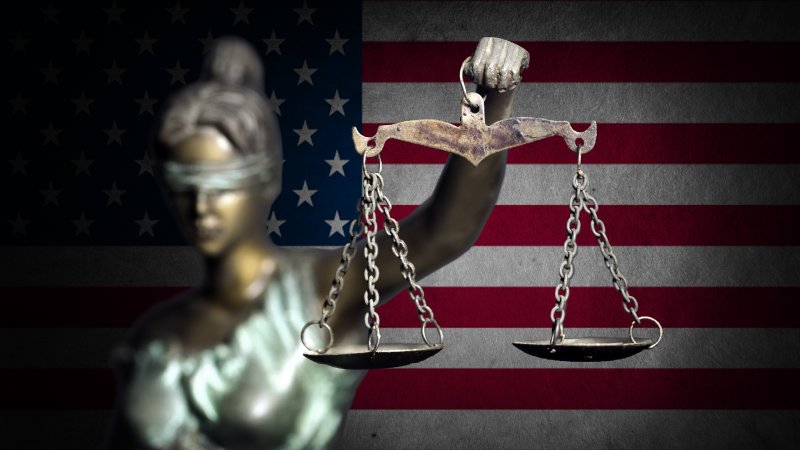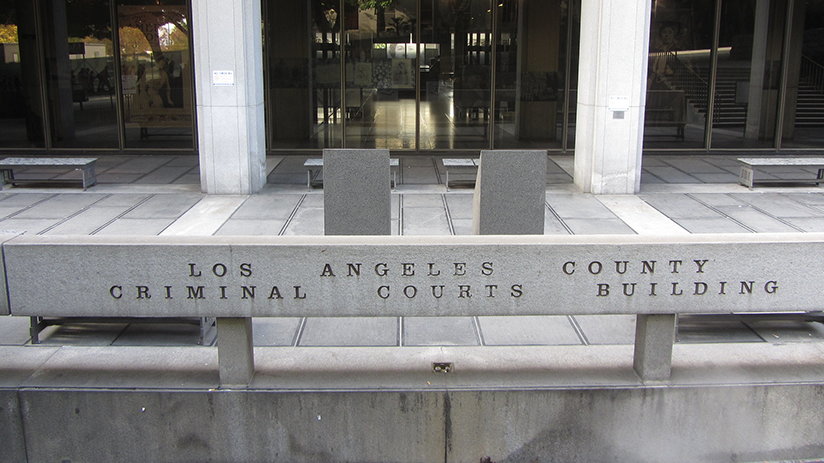
-
HOME
-
WHAT IS STANDOur Mission Our Values Our Help Contact
-
WHAT WE FIGHT FORReligious Freedom Religious Literacy Equality & Human Rights Inclusion & Respect Free Speech Responsible Journalism Corporate Accountability
-
RESOURCESExpert Studies Landmark Decisions White Papers FAQs David Miscavige Religious Freedom Resource Center Freedom of Religion & Human Rights Topic Index Priest-Penitent Privilege Islamophobia
-
HATE MONITORBiased Media Propagandists Hatemongers False Experts Hate Monitor Blog
-
NEWSROOMNews Media Watch Videos Blog
-
TAKE ACTIONCombat Hate & Discrimination Champion Freedom of Religion Demand Accountability
Supreme Court Rules in Favor of a Prisoner’s Right to Free Exercise of Religion
On March 24, the Supreme Court ruled in the case of Ramirez v. Collier that a condemned prisoner in Texas, John Ramirez, is entitled to be attended at his execution by his pastor—who will be allowed to touch him and pray audibly with him while Ramirez is put to death.
Only one of the nine justices dissented.

Over the last several years, Ramirez v. Collier has been the fifth case involving the religious rights of an individual about to be executed to reach the nation’s highest court. The timeline runs as follows:
- In February 2019, in a decision roundly criticized by First Amendment advocates and religious groups of all denominations, the Supreme Court ruled that the state of Alabama need not allow an imam to be present at the execution of a Muslim. The prison’s regulation only permitted the presence of the prison’s chaplain, who was a Christian.
- Roughly one month later, the Court seemed to correct itself by staying the execution of a Buddhist whose request for a Buddhist priest to be present at his execution was denied by the state of Texas. Like Alabama, Texas would only allow state-employed chaplains to be present and there were no Buddhists on Texas’ payroll.
- In response, Texas and Alabama barred the presence of any ministers or spiritual advisors in the execution chamber—clearly reasoning that, by denying religious rights to all, equally, they would be able to remain within the law.
- Two additional cases then followed from those same states. In both, the High Court stayed execution because the prisoners’ requests to have a clergyman present were denied.
- Both states then revised their protocols again—with Texas’ revised regulations permitting a minister to be present, but not to pray with or touch, the prisoner in the execution chamber.

With its recent decision, the Supreme Court seems to have come full circle, affirming that those who have been ordered to die have a right to their religious practices. The majority decision did not mince words about the horrific murder that Ramirez committed, but reaffirmed a longstanding tradition that even the worst of us retain their right to spiritual comfort and hope for eternal life—that we must show compassion to the condemned and recognize, despite their crimes, they still retain a spark of humanity and deserve the recognition of such.
Accordingly, Chief Justice John Roberts wrote in the majority opinion that from colonial times until recently it has been common practice in the United States to allow condemned prisoners the comfort of a minister at their executions. Even such notorious criminals as the conspirators in the Lincoln assassination were allowed to have a clergyman present when they were hanged.
The law that applies, beyond the basic right to free exercise contained in the First Amendment, is a federal statute called the Religious Land Use and Institutionalized Persons Act (RLUIPA) adopted by Congress in 2000. RLUIPA has, as one of its main objectives, preserving the religious rights of the incarcerated. The law mandates that no government may impose a substantial burden on the religious exercise of an institutionalized person unless it forwards a compelling government interest and is the least restrictive means of furthering that interest.
Whatever the Supreme Court decides will go beyond the legalisms and affect real people.
Last week’s decision confirmed the value of RLUIPA as a tool that can be used to guarantee the right of free exercise for all.
But RLUIPA’s standards will certainly be tested in the future. In fact, the Supreme Court currently has a petition in front of it in a very different type of case brought by the Society of Friends—the Quakers. They claim a program they had successfully run at the Green Haven Correctional Facility in New York was arbitrarily curtailed by prison officials.
Quakers are responsible for numerous reforms in criminal justice and conduct active prison ministries, an integral part of their religion. The ministry at Green Haven began in 1976 and consisted of regular meetings—the Quakers’ primary religious activity—involving prisoners and members of the community. But in 2015, due to security concerns, the prison changed the meeting schedule and required that the nonincarcerated persons holding the meetings must be licensed by the Department of Corrections. This made it impossible for the Quakers to carry out their religious program according to their beliefs.
So far, the Department of Corrections has prevailed at the District Court and the Second Circuit Court of Appeals, and both parties now wait to learn if the Supreme Court will hear the case.
Whatever the Supreme Court decides will go beyond the legalisms and affect real people. Take, for example, the convicted murderer who credits the Quaker program for “keeping his head above water” and helping him untangle the knots of guilt, anger and sadness still tied up inside him. He has become a mentor to other prisoners.
Green Haven was also the birthplace of the Quakers’ Alternative to Violence Project which has proven successful in many other prisons.
The Quakers base their commitment to prison work on the Bible: “I was in prison and you came to visit me… I tell you the truth, whatever you did for one of the least of these brothers of mine, you did for me” (Matthew 25:36, 40). Many religions (very much including Scientology) hold that whatever evil an individual may have done, he or she is still worthy of help and may achieve salvation. The Baptist minister who will now be allowed to be with John Ramirez at his execution expressed the same: “When Jesus talks about the least in society, it’s difficult to find someone lesser than those who are on death row…. Every person is made in the image of God. We don’t lose that by our actions.”
There are many stories of those who have found redemption and new life through religion. Many of those who have experienced a transformation have reached out to and helped to turn around the lives of their fellow offenders. In the words of an Alternative to Violence participant, “I am inspired to manage my own conflict better. We are all transformed, and that transformation ripples outward throughout our communities.”
For all these reasons, maintaining religious freedom in prisons isn’t simply a matter of law, or principle, but of humanity and hope.









